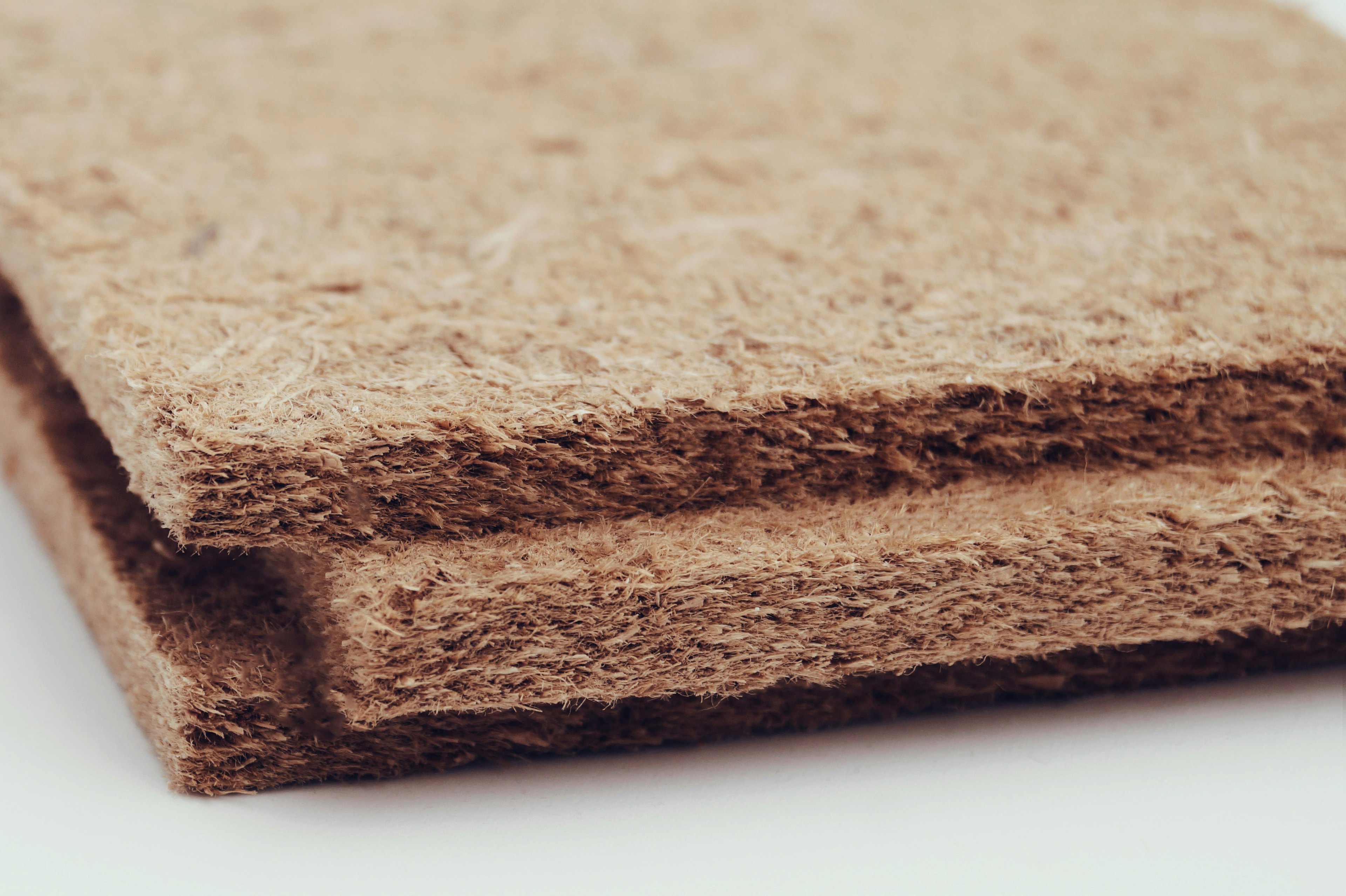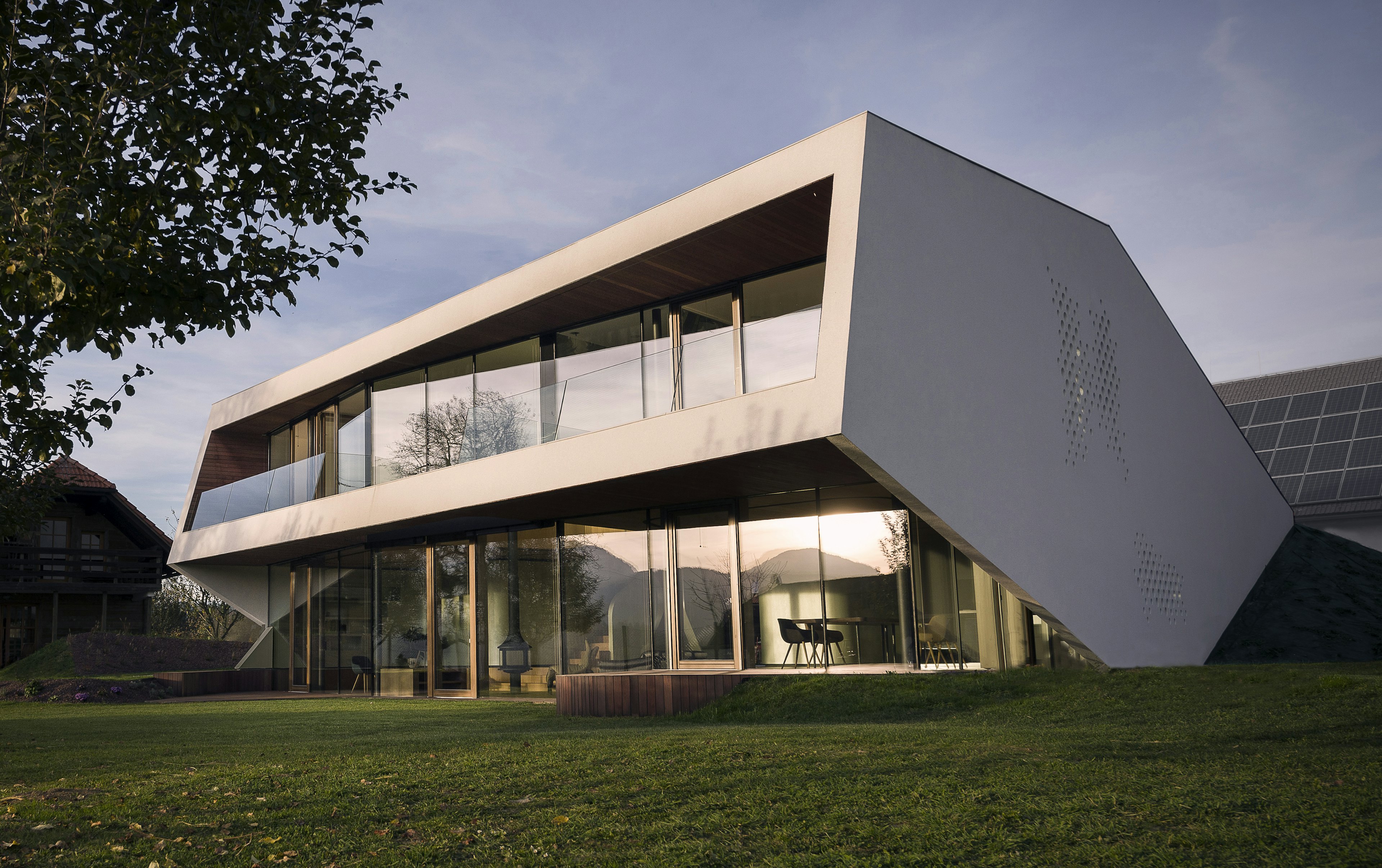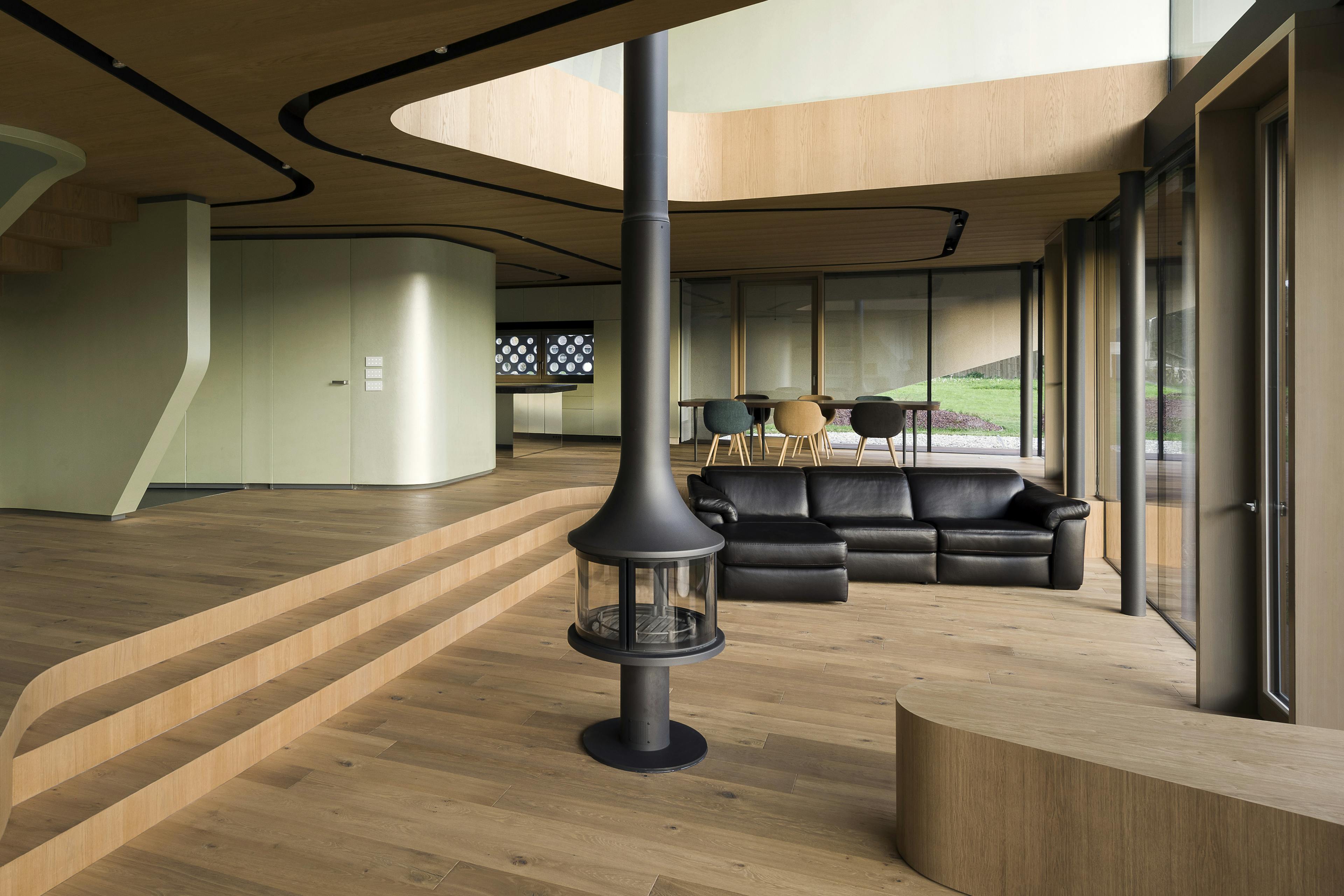
Nearly zero-energy House
According to the Energy Act, a nearly zero-energy house (NZEH) is a building with an extremely high energy efficiency, where most of the energy required is generated from renewable energy sources.
The main objective of NZEH is to reduce primary energy consumption as this will make a significant contribution to reducing the carbon footprint for future generations.
Total building energy efficiency
The energy efficiency of buildings is now measured in terms of total energy use, including heating, cooling, air conditioning and hot water. In this context, special emphasis is placed on renewable non-fossil energy sources such as solar, wind, biomass, and others.
What are the most important features of a NZEH?
High energy efficiency
Energy generated from renewable sources
Reducing primary energy consumption
Quality of living
Contribution to reducing the carbon footprint
Indoor air quality

Which requirements must be met by a nearly zero-energy house
Near-zero energy houses must meet certain requirements such as increased use of renewable energy sources, minimum energy consumption for the operation of the building and extremely high energy efficiency. The Marles Zero Energy Home concept follows these guidelines, and has for several years now already met the requirements of the European directive for full energy self-sufficiency of buildings.
Our Marles Zero Energy Home concept is geared towards implementing state-of-the-art living solutions. A nearly zero-energy house offers an exceptionally high quality of living.
Our company's goal is to provide sustainable living in nearly zero-energy buildings and to ensure living with minimal impact on the environment.

The important advantages of Marles houses that meet the requirements of a nearly zero-energy house are:
The advantages of Marles houses that meet the requirements of nearly zero-energy houses include a well-designed building with no thermal bridges, energy-efficient windows, underfloor heating, ventilation with heat recovery, and pre-installation for a solar power plant and for an electric vehicle charging unit.
For several years now, we have placed particular emphasis on the Marles Zero Energy Home (NZEH) concept, which has for all this time already met the requirements of the new European directive and responded to the trend towards full energy self-sufficiency in the building sector.
The most important features of Marles houses that meet the requirements of an almost nothing zero-energy house are: